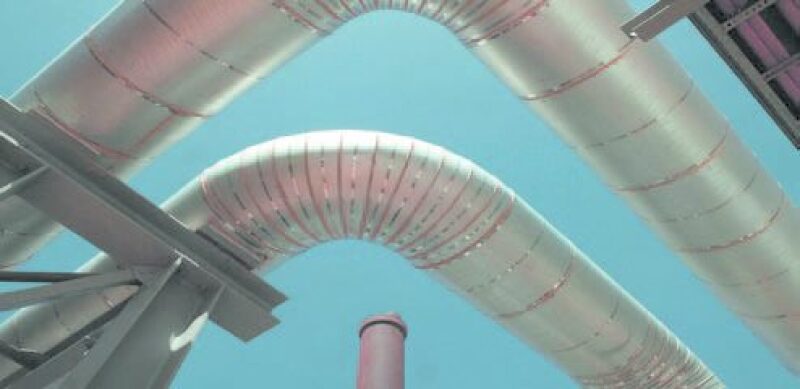Pembina Pipeline has reached out to operators of competing Alberta-based carbon capture hub proposals to get the pair to combine efforts with its own plan. Pembina and partner TC Energy announced their Alberta Carbon Grid project, designed to transport and sequester carbon in June. The Alberta government, which controls underground space for burying carbon, called for expressions of interest this autumn.
The Pembina-TC project faces competition from Oil Sands Pathways, being forwarded by a producers group lead by Canadian Natural Resources, and a Shell-lead project dubbed Polaris.
Carbon capture facilities are expected to play a key role in global efforts to contain emissions from fossil fuel production. Canada is the world’s fourth-largest oil producer and aims to cut national greenhouse gas emissions by at least 40% by 2030.
Talks between Pembina and the other parties remain active.
“A single, large carbon capture program at scale is by far the most sensible way to do things,” Mick Dilger, chief executive at Pembina, told Reuters. “If everybody works together, we'll come up with a more cost-effective solution.”
Designed to be an open-access system, the Alberta Carbon Grid has been touted as the potential backbone of Alberta’s emerging carbon capture utilization and storage (CCUS) industry, connecting the Fort McMurray region, the Alberta Industrial Heartland, and the Drayton Valley region to key sequestration locations and delivery points across the province, serving multiple industries.
The open-access system is being designed with the ability to scale up to more than 60,000 tons per day of capacity, or 20 mtpa, representing about 10% of Alberta’s industrial emissions. The first phase of the Pembina-TC project could come on line by 2025.
Pembina and TC proposed a plan that would make use of spare pipelines that they own to reduce costs. The other proposals rely more on new infrastructure, according to Dilger.
Oil Sands Pathways this week added ConocoPhillips to the list of project participants, which includes Cenovus Energy, Imperial Oil, Suncor, and MEG Energy.
In the project’s initial phase, which runs through 2030, the Pathways initiative will focus on building out a carbon capture network in the oil-sands-producing region of northern Alberta. This includes plans to install equipment at several oil sands plants to capture carbon dioxide (CO2) to keep these emissions from entering the atmosphere. At the heart of the network is a proposed carbon transportation line to gather CO2 from more than 20 oil sands facilities and move it to a proposed hub in the Cold Lake area of Alberta for storage. The line would also be available to other industries in the region interested in capturing and storing CO2.
"Meeting the world’s energy demand during a transition to a lower-carbon future requires an approach that recognizes the need to reduce emissions, operate responsibly, and offer competitive returns," said Bij Agarwal, president of ConocoPhillips Canada. “We are excited to partner collaboratively with other alliance members and governments to accelerate efforts to bring about meaningful emissions reductions. We are fully committed to putting our ESG leadership into action by investing in the advancement of transformational technologies.”
Shell’s Polaris project would result in a CCS facility being constructed at its Scotford Complex near Edmonton. Polaris would capture CO2 from the Shell-owned Scotford refinery and chemicals plant. The initial phase is expected to start operations around the middle of the decade, subject to a final investment decision by Shell expected in 2023. Polaris would have storage capacity of about 300 million tons of CO2 over the life of the project.


